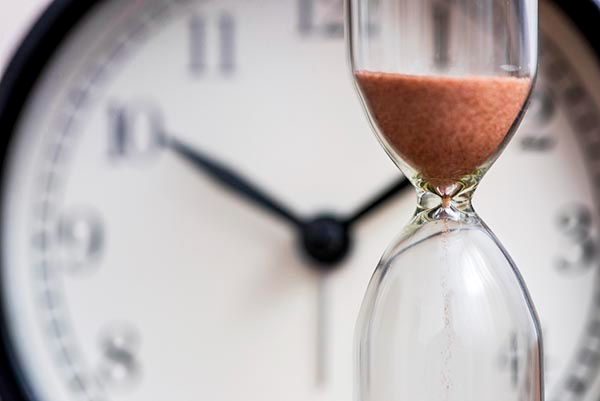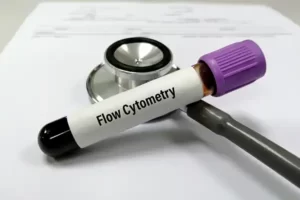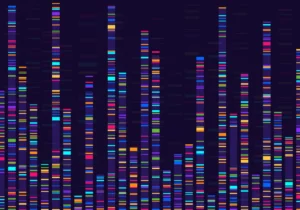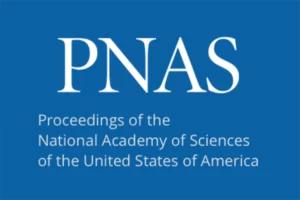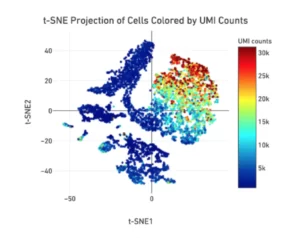A recently published review that proposes enhancements to current dissociation protocols, emphasizes the criticality of the “time element” when it comes to this key step in sample preparation.
Writing in the November edition of Trends in Cell Biology (“Stress Relief: Emerging Methods to Mitigate Dissociation-Induced Artefacts”) Léo Machado, Frederic Relaix and Philippos Mourikis emphasize that the “speed” employed in dissociating tissues is the main determinant of undesired alterations in gene expression, not cell type or tissue of origin.
The authors point to, for example, early response genes, that is a group of genes that are rapidly induced, usually within minutes, in response to a variety of environmental stressors. The earliest known and best characterized of these include FOS, MYC, and JUN, amongst others. As a consequence, a large number of published single-cell atlases across tissues and biological set-ups are contaminated by cell dissociation induced artefacts. Insofar as second-generation atlases, improving the validity of single-cell transcriptomes is obviously a key challenge.
Methods discussed in the review to circumvent dissociation-induced artefacts include cold-dissociation, snRNA-seq, iSiFi, the use of chemical inhibitors, nascent transcriptome pull-down, bioinformatic post hoc corrections, and spatial transcriptomics. The review provides a roadmap for stress management in high-throughput transcriptional studies. According to the authors, “Far from perfect, every experimental intervention brings its own set of trade-offs, artefacts, and complications. Therefore, a careful analysis of the benefits and risks of each method is necessary for choosing for each project the most adapted procedure, which will yield the most accurate transcriptional maps.”
LevitasBio recently announced new sample preparation kits which removes the guesswork out of your dissociation workflow by minimizing the disruption, perturbation, and capture bias that attends most current dissociation protocols. Additionally, our new dissociation kits continue our efforts in reducing the “time element” in sample preparation.

